MOUNTJOY SQUARE
Over the centuries, the square has been home to many of Dublin's most prominent people: lawyers, churchmen, politicians, writers and visual artists. The writer James Joyce lived around the square during some of his formative years, playwright Seán O'Casey wrote and set some of his most famous plays on the square while living there, W.B. Yeats stayed there with his friend John O'Leary, and more recently, much of the Oscar-winning film Once was made in the square. Historic meetings have taken place there, including planning for the Easter Rising and some of the earliest Dáil meetings. Prominent Irish Unionists and Republicans have shared the square.
Mountjoy can boast being Dublin's only true Georgian square, each of its sides being exactly 140 metres in length. While the North, East and West sides each have 18 houses, the South has 19, reflecting some variation in plot sizes.Though each side was originally numbered individually,the houses are now numbered continuously clockwise from no. 1 in the north-west corner. While its North and South sides are continuous from corner to corner, the East and West sides are in three terraces, interrupted by two side streets, Grenville Street and Gardiner Place to the West and Fitzgibbon and North Great Charles Street to the East. Gardiner Street passes through the West side of the square, while Belvedere Place and Gardiner Lane run off the North- and South-East corners.
Although some of the original buildings fell to ruin over the 20th century and were eventually demolished, the new infill buildings were fronted with reproduction façades, so each side of the square maintains its appearance as a consistent Georgian terrace.











-
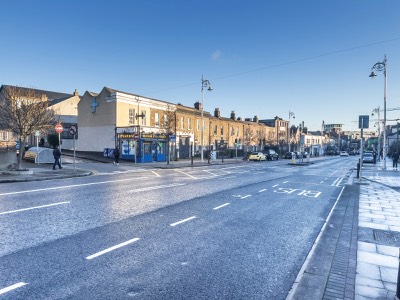
MANOR STREET
-
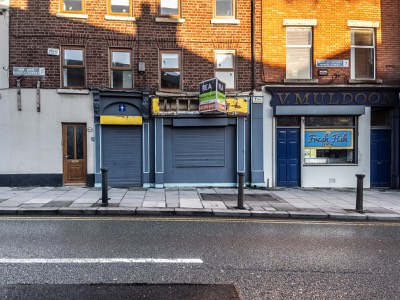
PRUSSIA STREET
-
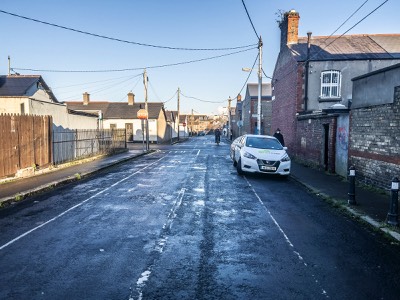
HALLIDAY ROAD
-

BEN EDAIR ROAD
-

KIRWAN STREET
-
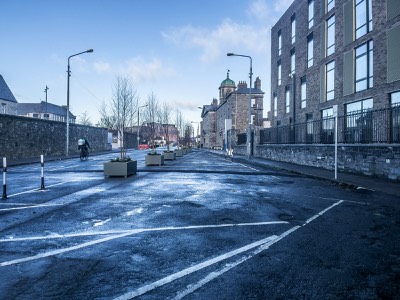
LOWER GRANGEGORMAN
-
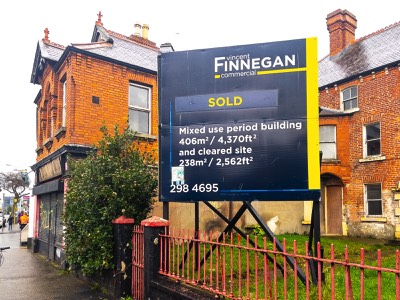
HAROLD'S CROSS ROAD
-
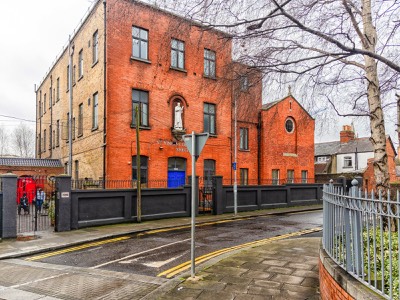
BACK LANE
-
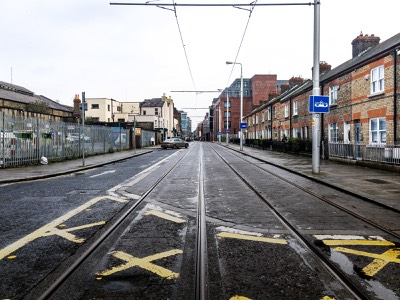
CHANCERY STREET
-
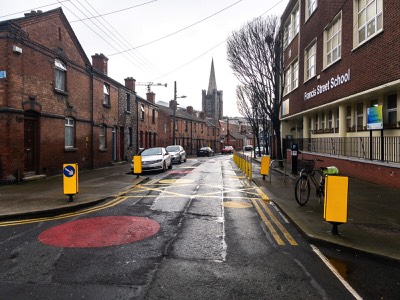
JOHN DILLON STREET
-
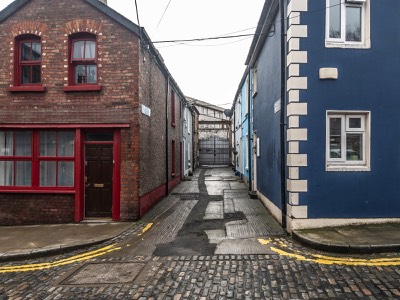
HANOVER LANE
-
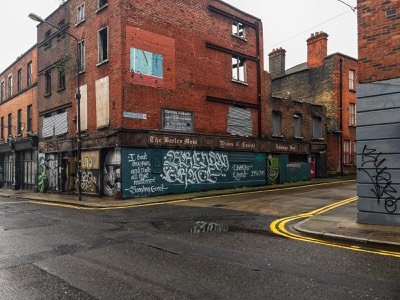
FRANCIS STRET
-
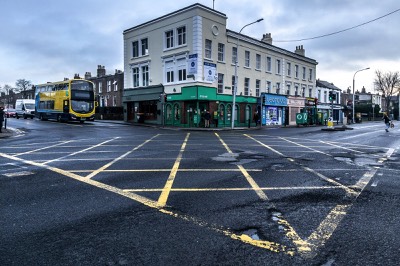
UPPER CLANBRASSIL ST
-

ORMOND SQUARE
-
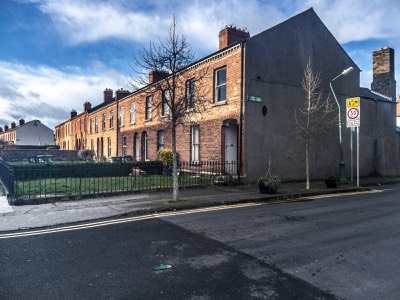
ULSTER STREET
-
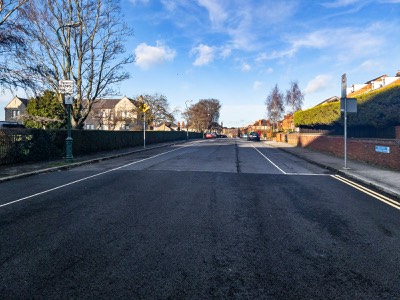
CRAWFORD AVENUE
-
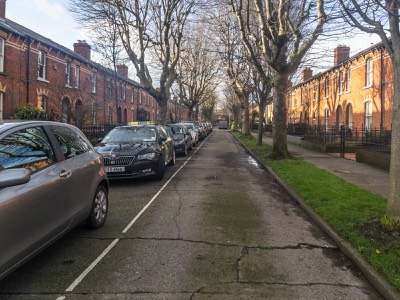
SHANDON DRIVE
-
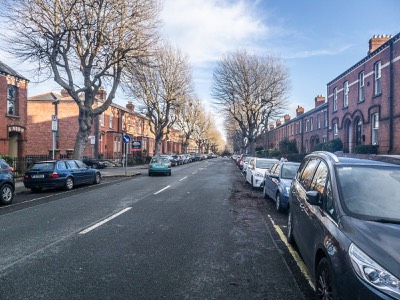
HOLLYBANK ROAD
-

LOWER DRUMCONDRA RD
-
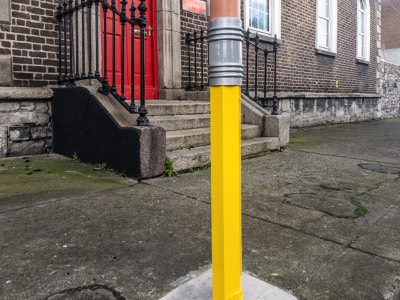
ST. MARY'S PLACE NORTH
-
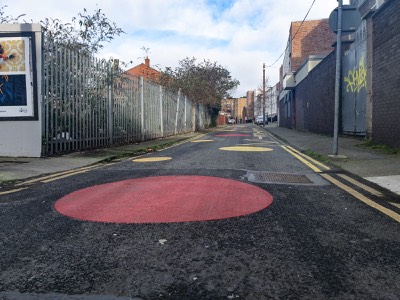
PARADISE PLACE
-
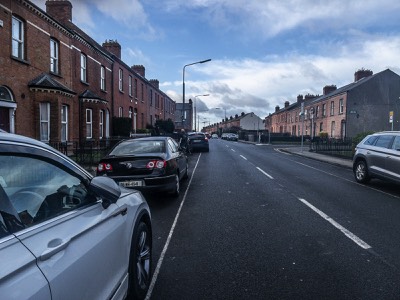
CONNAUGHT STREET
-
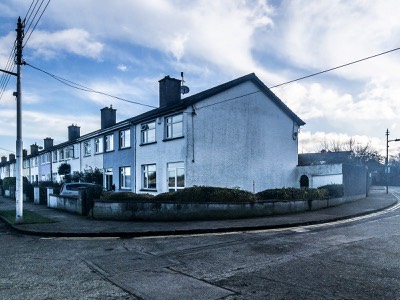
SHANDON GARDENS
-
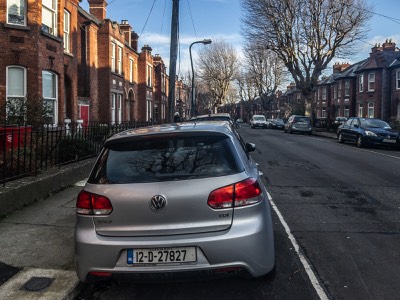
LINDSAY ROAD
-
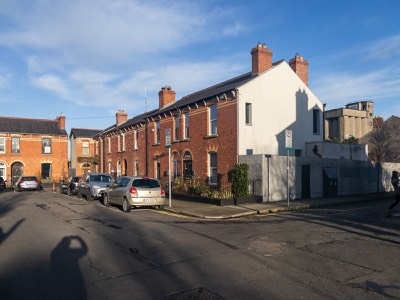
NORTH LEINSTER STREET
-
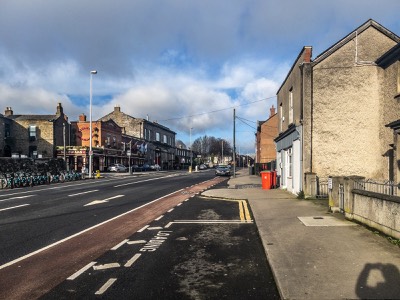
PHIBSBOROUGH ROAD
-
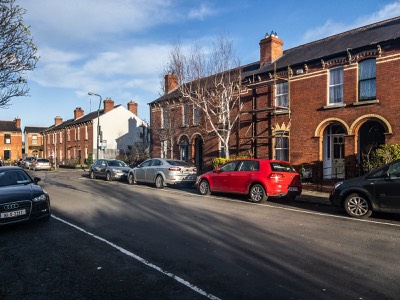
SHANDON ROAD
-
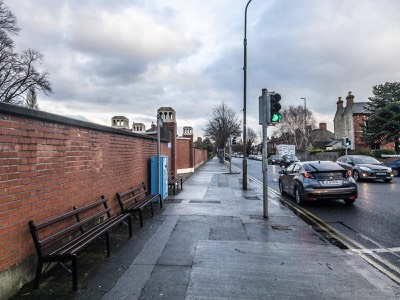
CLONLIFFE ROAD
-
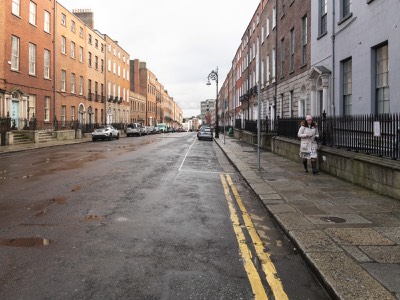
GREAT DENMARK ST.
-

RUSSELL STREET
-
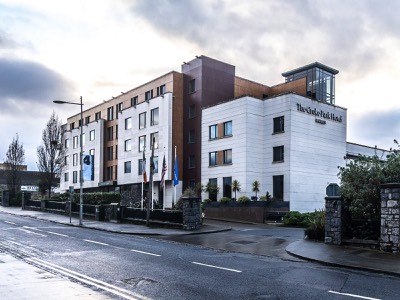
JONES'S ROAD
-
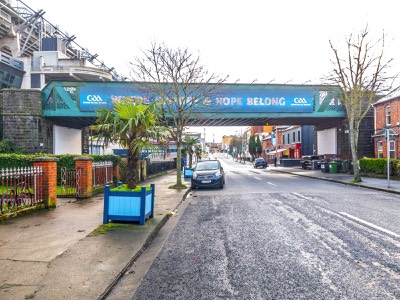
JONES'S ROAD
-
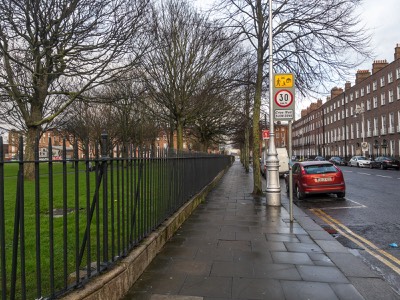
MOUNTJOY SQUARE
-
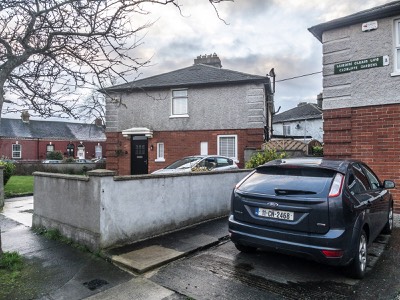
CLONLIFFE GARDENS
-
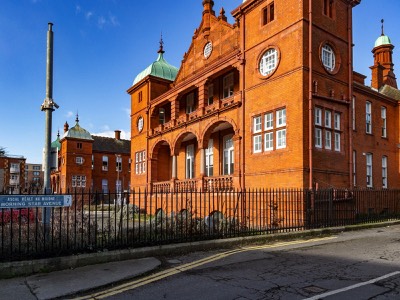
BRUNSWICK STREET
-
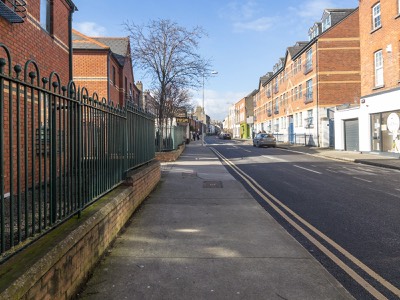
AUGHRIM STREET
-
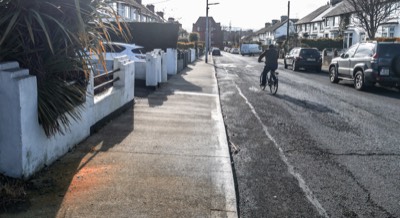
GLENBEIGH ROAD
-

DAVID'S TERRACE
-
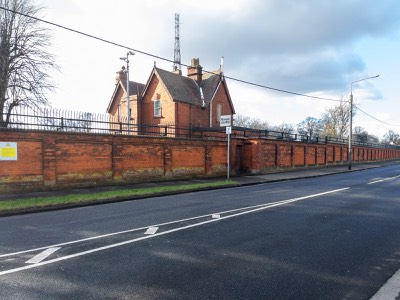
BLACKHORSE AVENUE
-

DRURY STREET
-
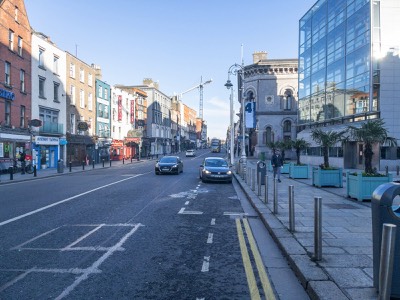
DAME STREET
-
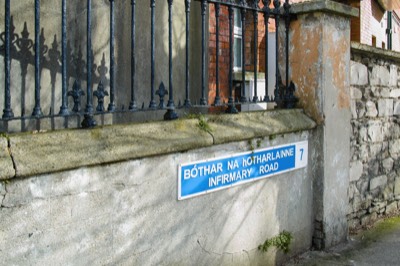
INFIRMARY ROAD
-
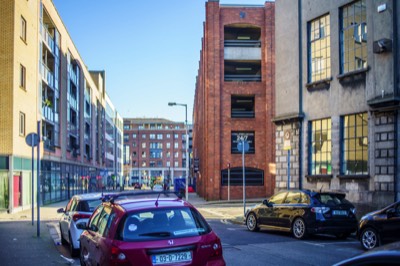
KINGS INNS STREET
-
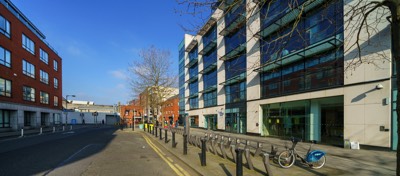
GEORGE'S LANE
-
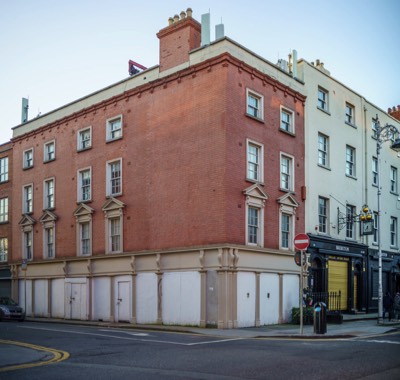
CAPEL STREET
-
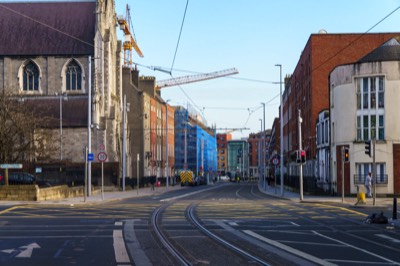
DOMINICK STREET
-

STABLE LANE
-
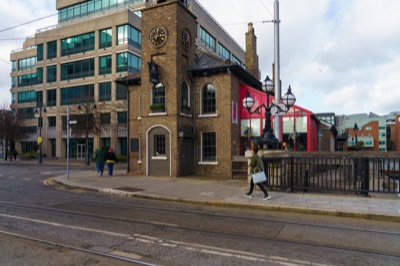
HARBOURMASTER PLACE
-
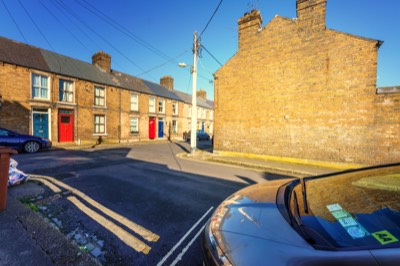
UUBURN STREET
-
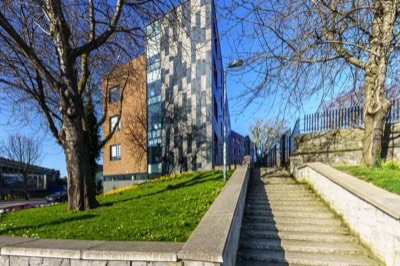
WESTERN WAY
-
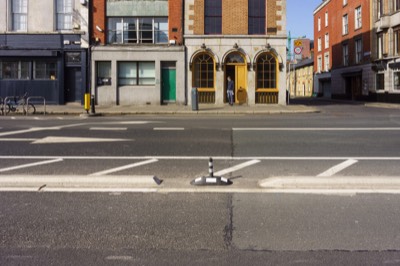
ORMOND QUAY
-

HENDRIK STREET
-

EAST ARRAN STREET
-
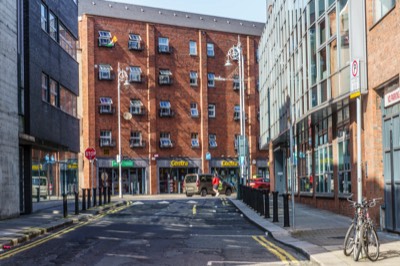
GREEN STREET
-
![AT LONG LAST [THE DOORS OF EAST PARNELL SQUARE]](
files/generatedThumb-62-3DE.jpg
)
PARNALL SQUARE EAST
-
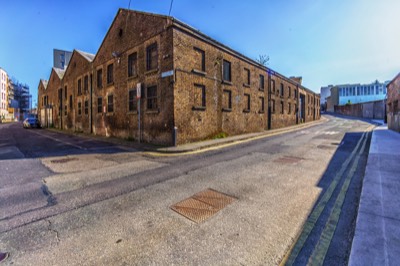
WATLING STREET
-
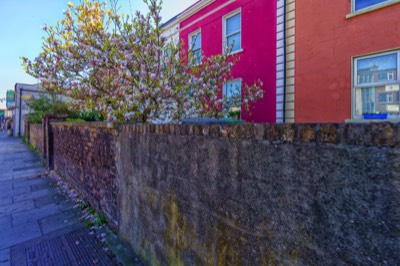
MANOR STREET
-
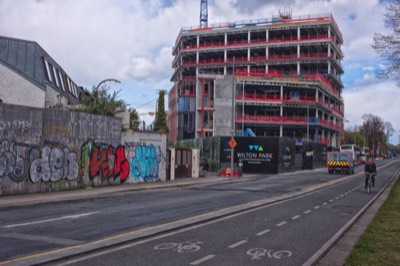
WILTON PLACE
-
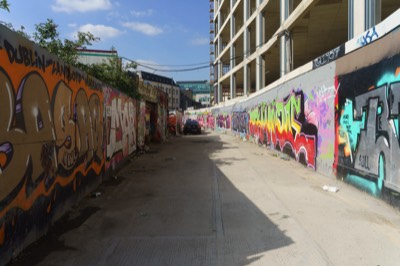
RICHMOND VILLAS
-
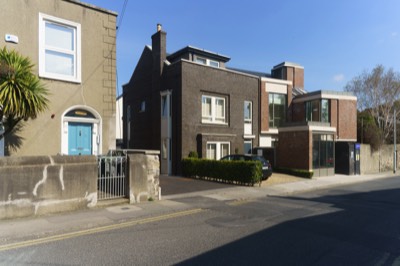
MOUNTPLEASANT AVENUE
-
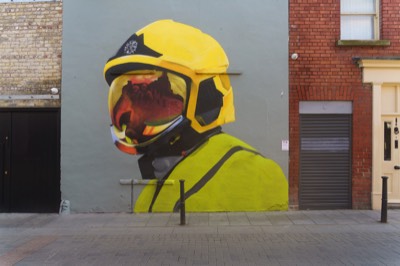
CAMDEN ROW
-
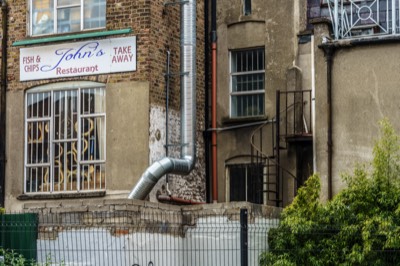
RYDER'S ROW
-
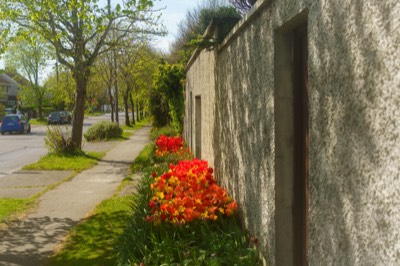
GRIFFITH AVENUE
-
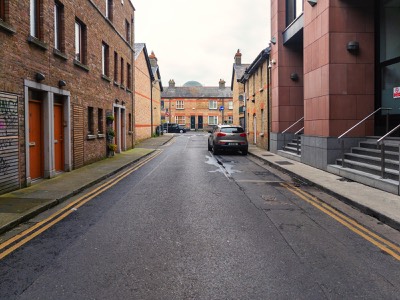
LITTLE STRAND STREET
-
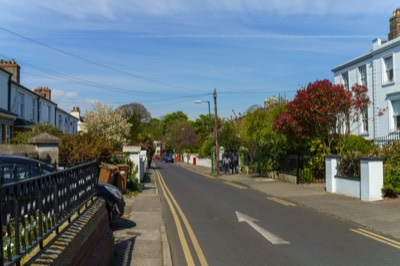
OAKLEY ROAD
-
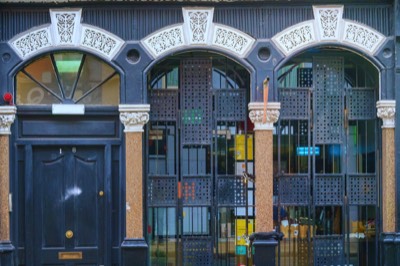
168 CAPEL STREET
-
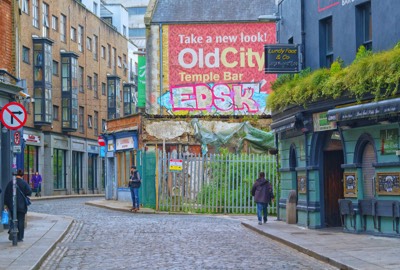
ESSEX GATE
-

ESSEX QUAY
-
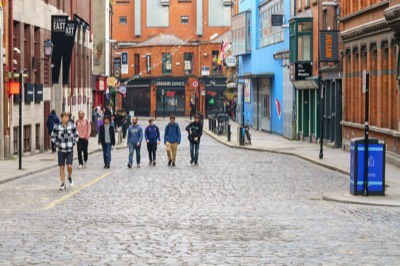
EAST ESSEX STREET
-
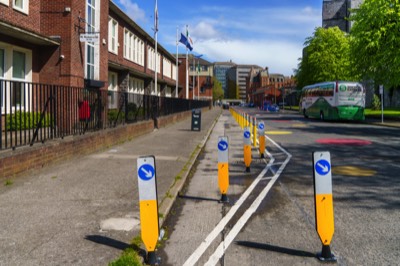
COOK STREET
-
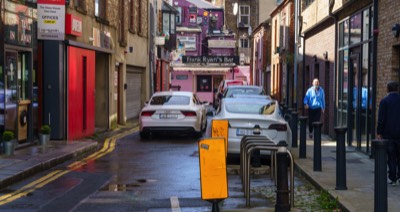
COKE LANE
-
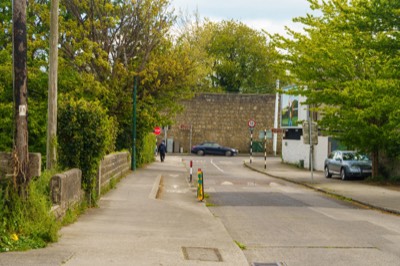
ST COLUMBANUS ROAD
-
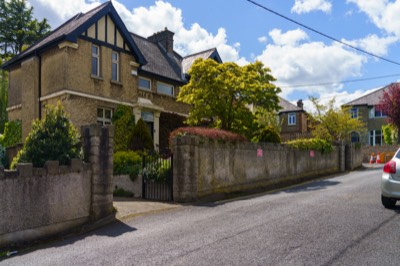
FRANKFORT PARK
-
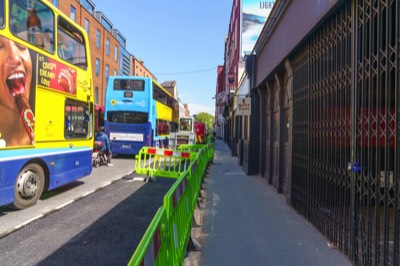
LR BAGGOT STREET
-
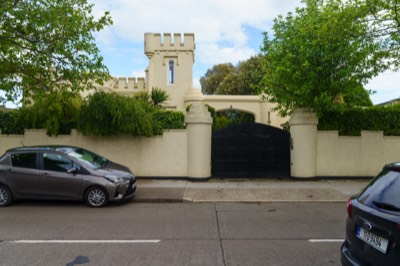
MOUNT PROSPECT AVE
-
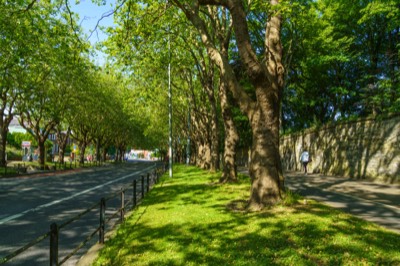
LEAFY STREET
-

LR ABBEY STREET
COPYRIGHT INFORMATION BELOW APPLIES ONLY TO PHOTOGRAPHS

This work by William Murphy aka Infomatique is licensed under a Creative Commons Attribution-NonCommercial-ShareAlike 4.0 International License.
Permissions beyond the scope of this license may be available at https://excellentstreetimages.com/in-the-year-twentytwenty/copyright/.






















































![AT LONG LAST [THE DOORS OF EAST PARNELL SQUARE]](files/imgFull-62-3DE.jpg)






















